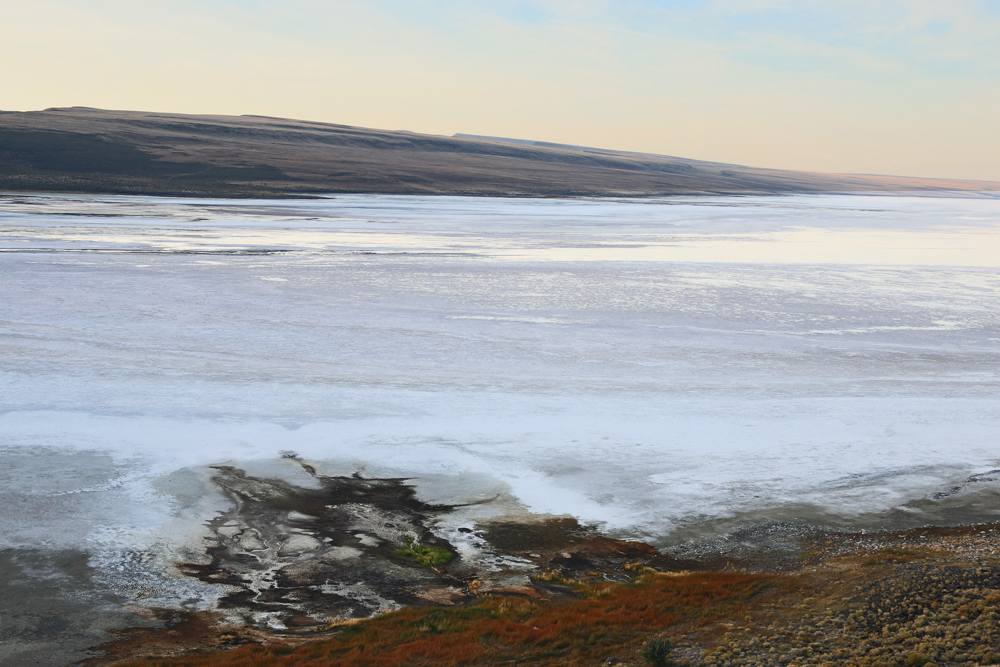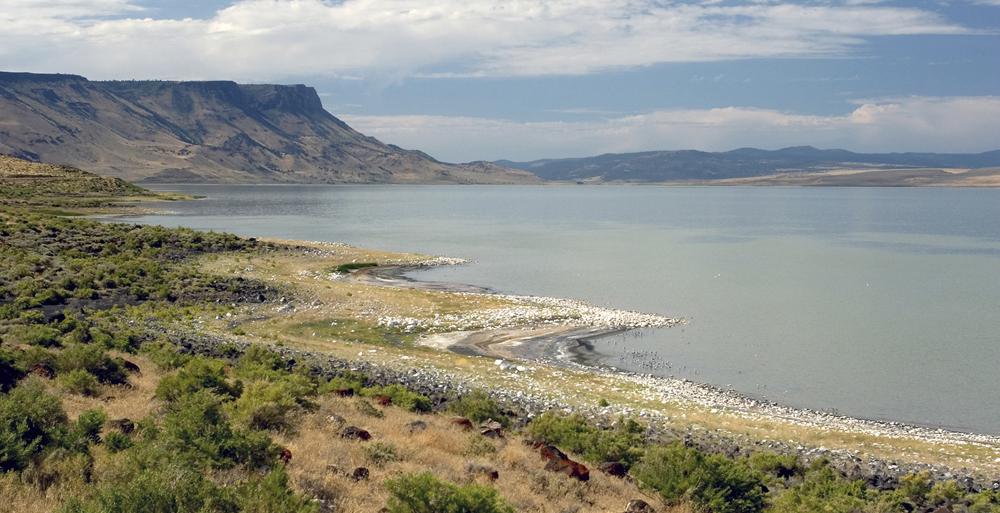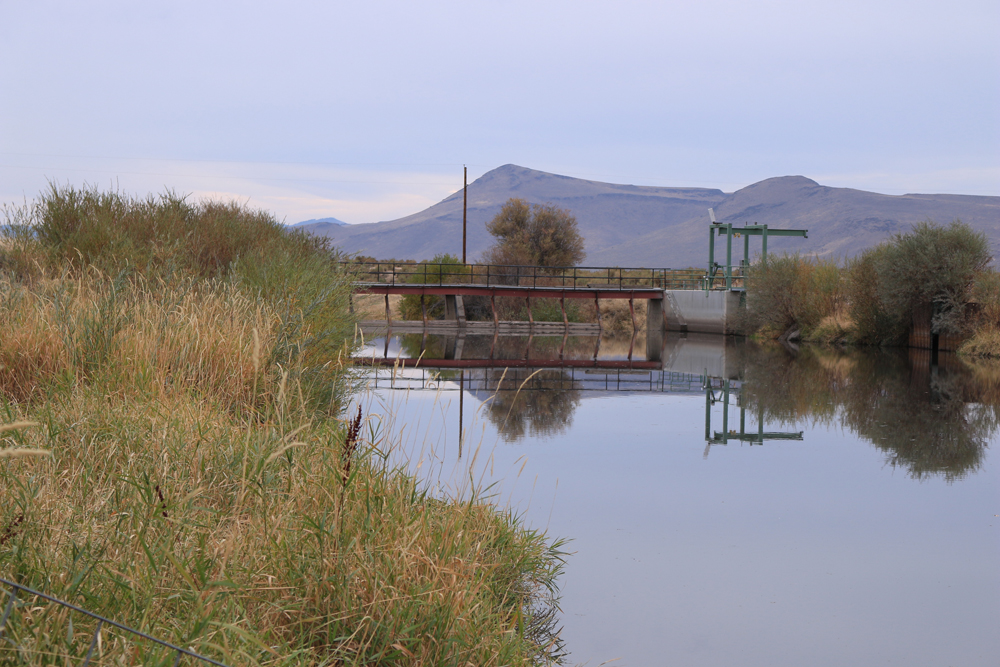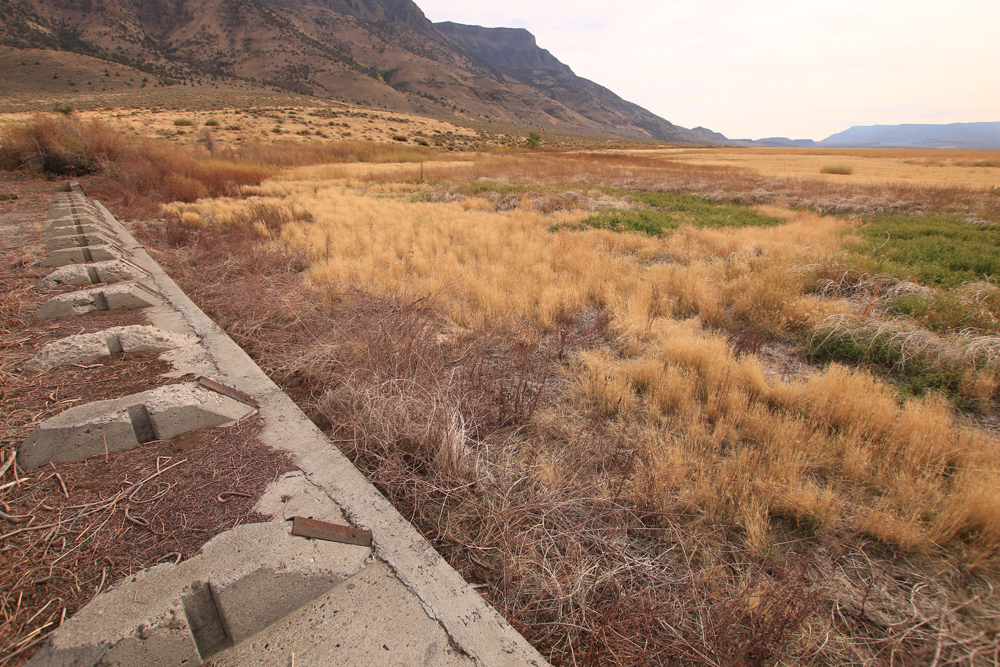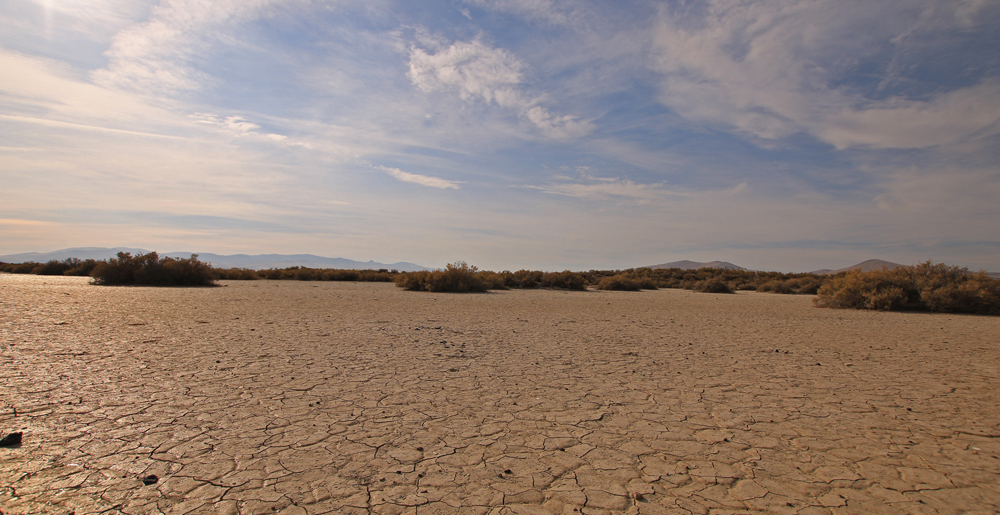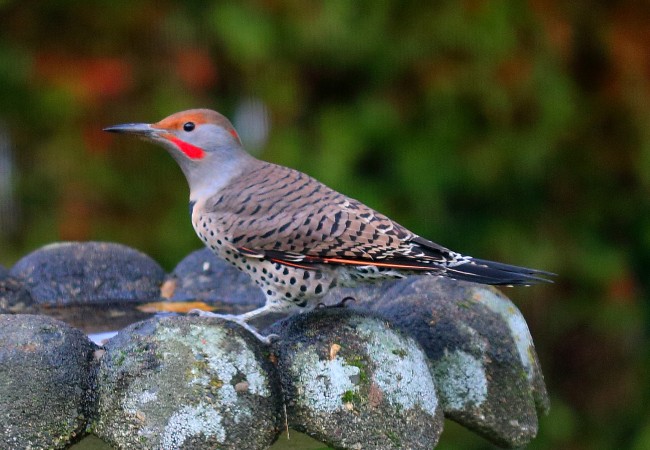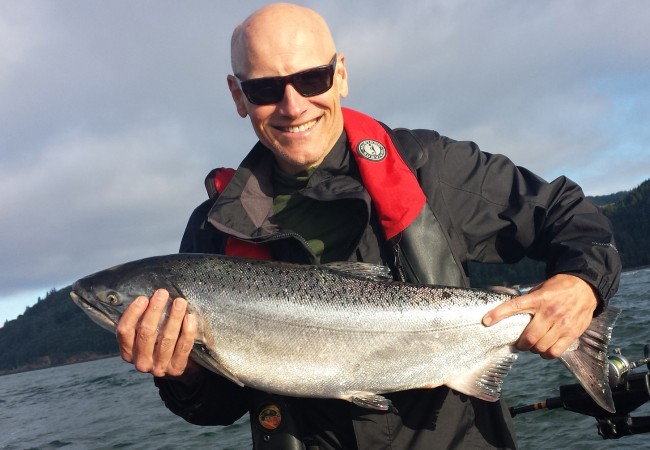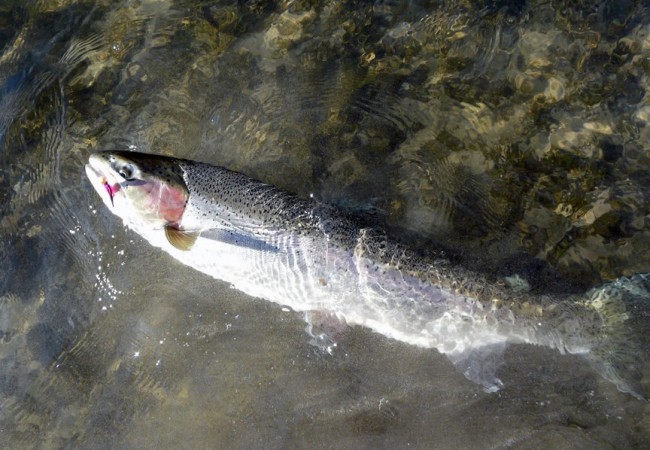Perhaps because we see them regularly, it's easy to take…
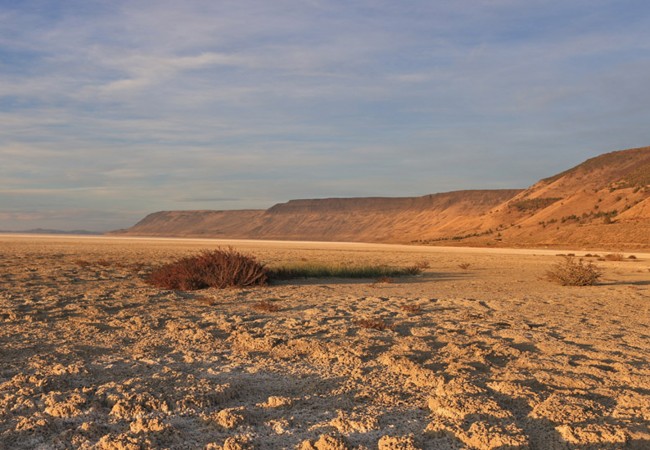
Lake Abert is Dying. Again.
During the Dust Bowl years of the 1930s, Oregon’s Lake Abert dried up completely. In the decades since, the lake has shrunk and expanded many times, in tune with the normal cycles of the Great Basin’s long-term climate.
In a 1991 paper titled Dry-Wet Cycles and Sagebrush in the Great Basin, authors Richard F. Miller, Paul Doescher and Teal Purrington note that, over the past 7,000 years, there have been many extreme droughts lasting dozens, if not hundreds of years in the region. These “mega-droughts” make our current water worries look fairly minor.
Perhaps more ominous is the authors’ statement that, “During the past 3,000 years, the general trend has been towards increasing aridity.”
The current drought in southeastern Oregon, one that barely registers in the long-term roster of droughts, has left Lake Abert nearly dry again. And that has a lot of people in the region upset, searching for scapegoats. It’s the Oregon Department of Fish and Wildlife, they claim, diverting water to save the redband trout. It’s the ranchers, taking too much water for irrigation. And certainly it’s not helped by the River’s End Ranch, damming the Chewaucan River to create an irrigation reservoir and waterfowl refuge.
And of course it’s all of us, because we drive cars, fly in planes, raise cattle and start forest fires, thus contributing to global warming.
Global warming is the most probable and realistic catalyst. Still, the cycles of drought were part of this land long before the age of combustion engines and coal-fired power plants and farting cows. We’re likely making this drought worse, but we’re not causing it.
Lake Abert is dry because, for at least the past five years, its rate of evaporation has far exceeded its rate of water input. It’s true that the ODFW and ranchers are sucking a lot of water from the Chewaucan River, the lake’s only significant input. In fact the River’s End reservoir currently prevents any water from reaching the lake outside of spring runoff. Ominous, yes? Well, maybe not.
In normal or above-normal water years, there’s plenty of water left over from all these draws to supply Lake Abert. We know this because the lake, in normal years, fills up. In high water times, the lake covers more than 50 square miles.
Certainly this is not a normal water year, nor even a normal water decade. So, yes, the lake is drying up.
A group called the Lake Abert Council claims there’s a lot less water in the Chewaucan River than there used to be, even in years of normal precipitation. They claim that, over the past decade, the regional snowpack has only been about eight percent lower than normal. Meanwhile, Lake Abert’s volume has shrunk over 90 percent. The equation doesn’t seem to add up, they say, and mismanagement of the Chewaucan River is what’s killing the lake.
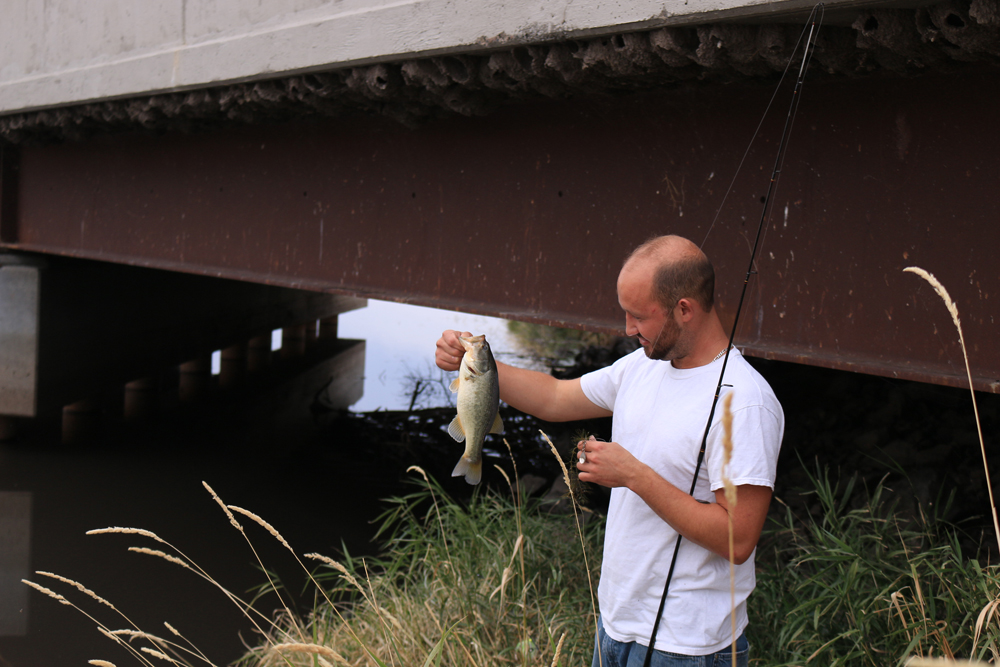
Besides its value for irrigation, the Chewaucan River is a popular destination for bass fishing, especially in the slower water below the town of Paisley, Oregon.
But from a regional perspective, Lake Abert’s disappearing act isn’t so peculiar or mysterious. Or nefarious.
Every lake in the area, fed by the same regional rain and snowfall, has either withered dramatically or simply disappeared. Goose Lake, for example, normally a vast inland sea stretching north-south over 20 miles into California, is essentially gone.
Drive east to Hart Lake, and you’ll find a major wildlife sanctuary that has burned completely dry. Nearby Crump Lake holds a fraction of its normal water. And the Warner Wetlands, a huge tract of lakes and marshlands that usually provides valuable habitat for over 230 varieties of birds, has no water left. Today they would more accurately be called the Warner Drylands.
So the reasonable conclusion is that, while the ODFW and irrigators and River’s End Ranch are certainly diverting a lot of valuable water from Lake Abert, they’re not causing the lake to dry up— the drought is causing the lake to dry up. In fact the ODFW points out that the River’s End dam holds back a tiny amount of water compared to the volume of Lake Abert. The lake covers 36,000 acres, while the reservoir covers 650 acres. And even if all the diversion and irrigation stopped completely and the Chewaucan River was allowed to flow freely, the lake would have only slightly more water than it does today.
“What we’re seeing now is just a dry cycle that we’ve had the last few years,” said Kyle Gorman of the Oregon Water Resources Department in an Oregon Public Broadcasting interview. “It’s a system that’s driven by the climate.” When you put all the climate factors together, adds Gorman, “Lake Abert should be dry.”
Quite simply, there won’t be any rejuvenation of Lake Abert until more rain and snow falls in the region.
In October, we talked to a number of lifetime residents of the area. Mostly, they seem to look upon the drought with a certain humility and resignation. They talk of the Dust Bowl years, which they believe were worse, and of other droughts in the Nineties (Goose Lake dried up completely in 1992), and how they know the water will return eventually.
“My daddy talked about the Dust Bowl years, when all the lakes around here dried up,” said Darla Dorn, who runs the front desk at the Lakeview Lodge Motel. “People say those years were worse. Well, all the water came back, and then things dried up again. Then all the water came back again. This one’s no different.”
“We don’t control nature,” she added. “Nature controls us.”

